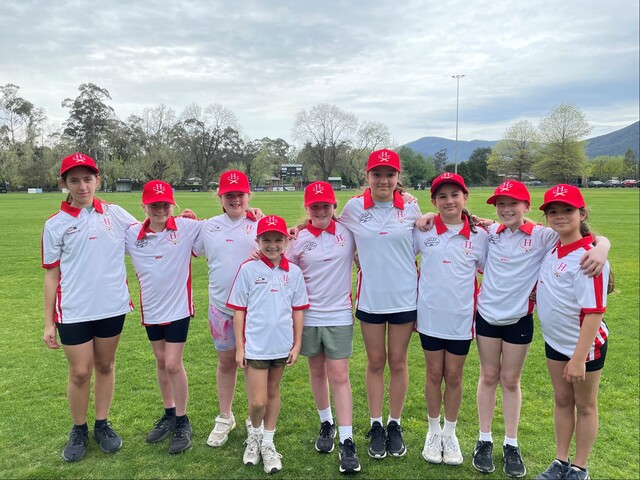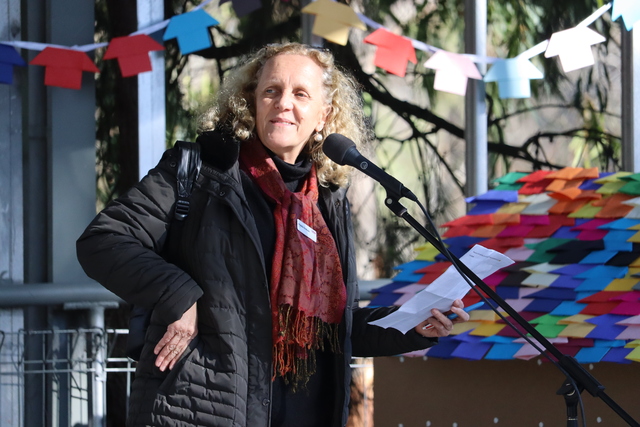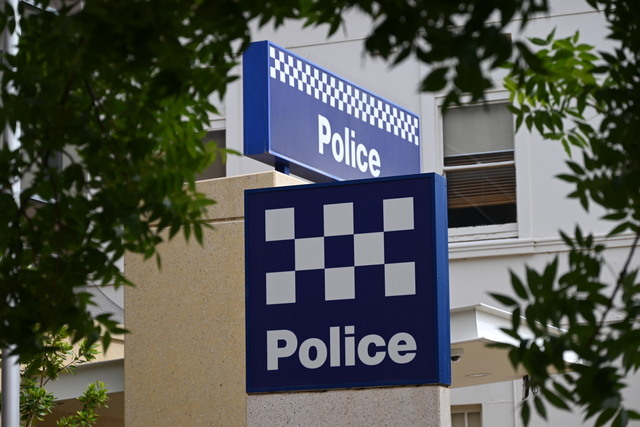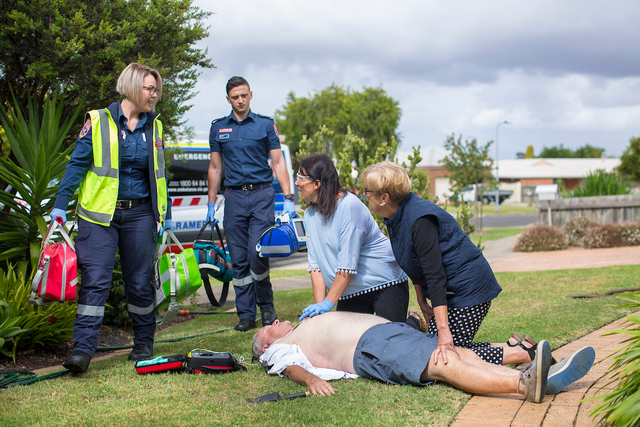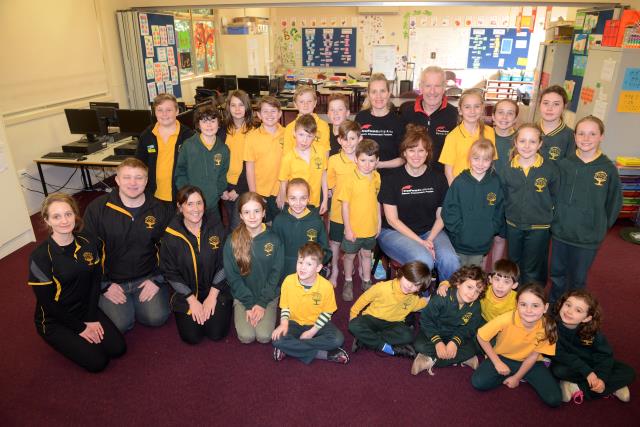I AM concerned at reliable rumours I have heard that the main post office in Healesville is to be closed, possibly within the next few weeks.
Apparently the staff have not been informed of the date of the closure but existing staff may be offered postings at Lilydale, Mooroolbark or Croydon.
I believe this is because Australia Post has determined that it is not in its interests to maintain this office but is trying to keep this move quiet to avoid a public outcry similar to the last time they made huge changes. I will find it impossible to use the current agency at the Healesville Newsagency.
I run an international business that requires shipment of goods in boxes around 20kg. There is rarely any parking available in the main street and to have to wheel a trolley load of heavy goods up the side lane to the newsagency will be impossible.
I also think it is sad for the elderly members of our community who rely on familiar contacts at their post office. For elderly people in the 80s and 90s who live at the east end of Healesville to be forced to walk all the way to the other end of town for a stamp or to pay a bill is unfair and insensitive to community needs.
Healesville is a large enough town to warrant a main post office in an accessible place. We already lost Saturday trading at this office and now it looks as if we will also lose our midweek trading – permanently.
Debra McDonald
Healesville
Wonderful sound
THE Wonderful Women of Warburton Postcard Fund-raising Group is pleased to inform the residents of the Upper Yarra that $1900 of the $6000 we have raised for the Warburton Mechanics’ Institute will be used to purchase equipment to supplement the sound system for the hall.
The equipment will complement equipment provided by the TAFE students who use the facility on an on-going basis. Of course, community groups, individuals and schools will benefit from the equipment.
We have some valuable projects in mind for the remaining money. The last remaining black and white cards will be on sale on opening night, 16 December. We’ve sold out of the colour cards – they are now collectable so hold on to them!
Ellena Biggs
Warburton
MY SISTER lives in the Yarra Valley. Recently widowed, she has been managing the family business and property on her own.
In an emotionally tenuous situation she has been admired by friends and family for apparently coping so well, but it has not been easy.
During this last heatwave she had the fire plan in action. Red and yellow buckets were dotted around the houseline and the dam, her only remaining source of water on the property, was checked.
What an awful surprise when they went down to the dam, which is not visible from their house, to find the water level had plummeted.
A few years ago their main dam had burst and they haven’t been in a position to rebuild it. The first horrifying thought was that this dam too was faulty. But no – the dam was sound.
A large pipe had been fitted in to the dam. They followed it across the paddock to the neighbour’s fence line to see thousands of flourishing fruit tree seedlings. The neighbours dam is full.
Penny and Heikki Minkkinen
St Kilda
U3A thanks
HEALESVILLE and District U3A had a successful member luncheon on Thursday, 30 November.
It was a great opportunity for members to mingle and get to know each other and also to publicly thank all the wonderful organisations who supported us and helped to get us started so successfully. This included Luisa Williams from Golden Wattle, Fran Bailey’s office, Merryn Macs from Rivendell, staff from the Mail, Cr Jeanette McRae, the Shire of Yarra Ranges, Linda Hamilton and Maria Romanin from Healesville TAFE, the Healesville Lions Club, with special thanks to Elaine Dossor and the Healesville Rotary Club.
We hope to have more social gatherings next year now that the business side of things is up and running.
The last U3A newsletter is available at the TAFE front desk.
A registration day for new and existing members will be held on Monday, 29 January at 2pm.
Rosemary Boyd
Secretary
Healesville and District U3A
Nuclear points
I WELCOME Fran Bailey’s call for a debate on the nuclear issue, and would like to start with a few points she may not have considered.
1. Building a nuclear power station is an enormous undertaking. The usual time from planning to commissioning is about 10 years. We need greenhouse action now, not in 10 years time.
2. Everything has an energy content of manufacture (embodied energy) and of course that implies a greenhouse load. The embodied energy in a typical nuclear power station is about equal to 10 years of electricity it will generate.
3. Put these two verifiable facts together, and you have 25 years before we can expect a greenhouse benefit from a nuclear power station. Twenty years from now, we are likely to be in disaster mode.
4. It takes a horrendous amount of money to build a nuclear power station. In every country where they are used, including France and the USA, a large part of this cost is borne by the taxpayer, either directly or through various subsidies and tax breaks.
If nuclear-generated electricity were sold unsubsidised, with the same profit margin as fossil fuel or hydro electricity, the price would be unaffordable.
That same money could instead be invested in two extremely cost-effective activities:
a. Energy conservation: Estimates are that 25 per cent of energy use could be eliminated almost immediately. Various incentives and subsidies could overnight reduce our greenhouse emissions far beyond what is required. For example, currently many people actually pay extra in order to use green electricity. They should be rewarded for doing so.
b. Renewable energy sources: The technology is there. It could be implemented on a large scale. Its effectiveness and efficiency could be rapidly improved and the cost reduced through scale of manufacture.
It is technically now possible to convert Melbourne into the Solar City by equipping each block with a large interactive inverter and covering the north-facing roofs with photovoltaic panels.
There is now a version manufactured that can be bonded to any surface, including roofing metal.
This would allow the elimination of all peak load power stations.
Bob Rich
Healesville
The impossible dream
WITH counting completed and the make up of the new Upper House evident, I would like to publicly thank the endless number of people who gave support and encouragement to me during the election campaign. It was a huge task across such a large region and while campaigning for seven months leading up to the election, I couldn’t have done it without generous support from a great number of people.
I want to thank voters for their support at the election. I was hoping for a higher primary vote, but the geographic size of the region, the large number of parties and candidates, the diverse communities of interest and limited resources compared to the parties makes it virtually impossible for independents to be elected to the new Upper House.
Northern Victoria Region covers 48 per cent of the state and is too big to connect to local issues and concerns expected by voters and to building a profile with which voters can identify.
The election confirms that the major parties rely on the primary vote of their Lower House candidates to piggy-back their Upper House candidates into Parliament, reinforcing the invisibility of most Upper House members and the crucial role needed for a genuine, effective and relevant house of review in a vibrant and representative democracy.
The election result and the high quota required for election of candidates to the new Upper House proves it is virtually impossible for independents and smaller minor parties to be elected.
This appears contrary to the intention of the Constitution Commission’s report and deliberations in 2001-03 and the State Government’s own preamble to the Parliamentary Reform Bill that instituted the new structure.
This stated the need for a diverse and more representative Upper House that was significantly different to the make up of the Lower House to effectively fulfil its role.
It is acknowledged that these reforms are the most significant in 150 years, but hopefully just the beginning of future reforms that reflect the changing nature of society.
One such reform must be the elimination of the wastage of paper and the expense of how to vote cards with the introduction of the Robson Rotation system that is successfully used in Tasmania and ACT.
Laurie Whelan
Ex-Independent candidate for the
Upper House Northern Victoria Region

